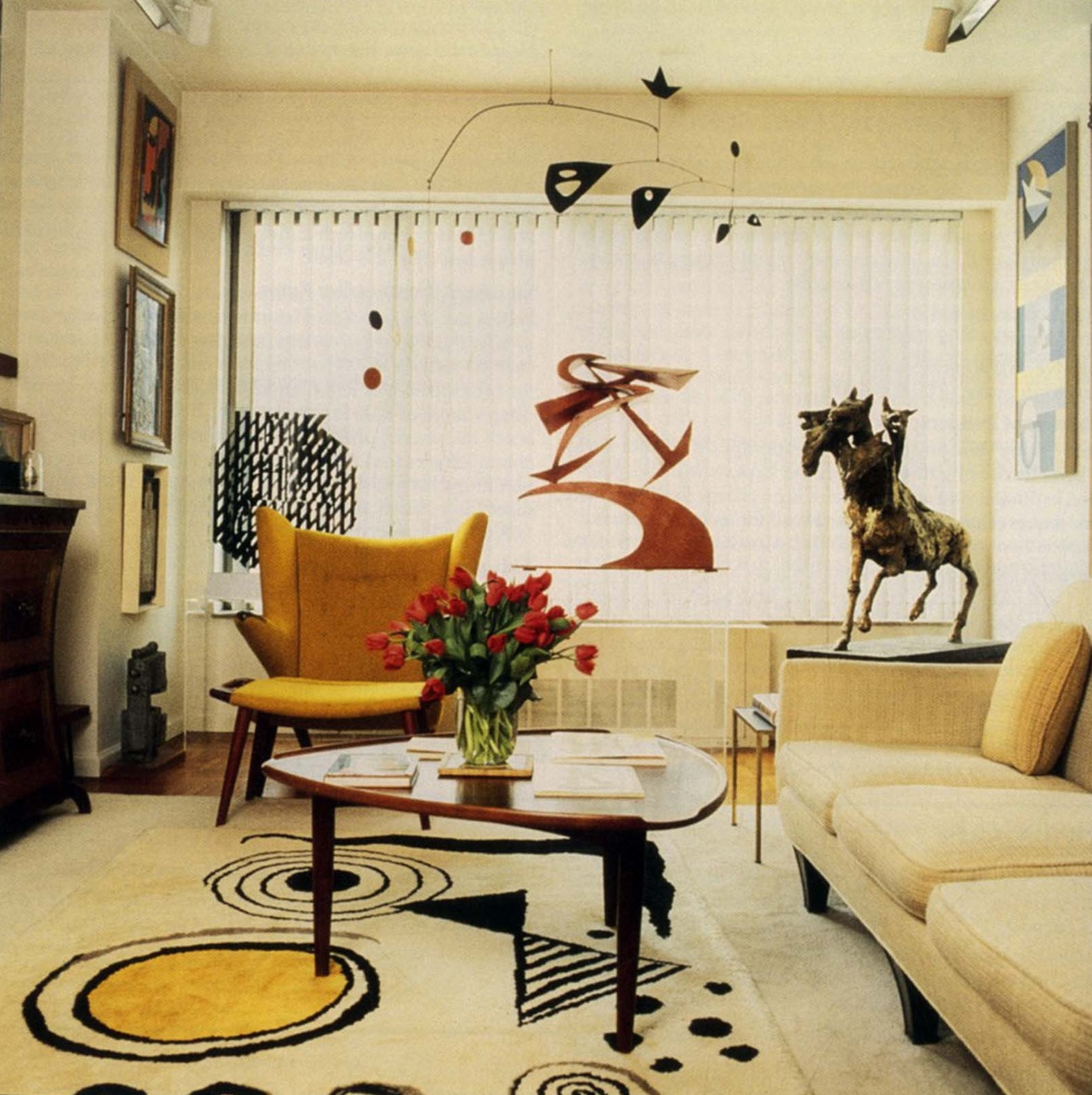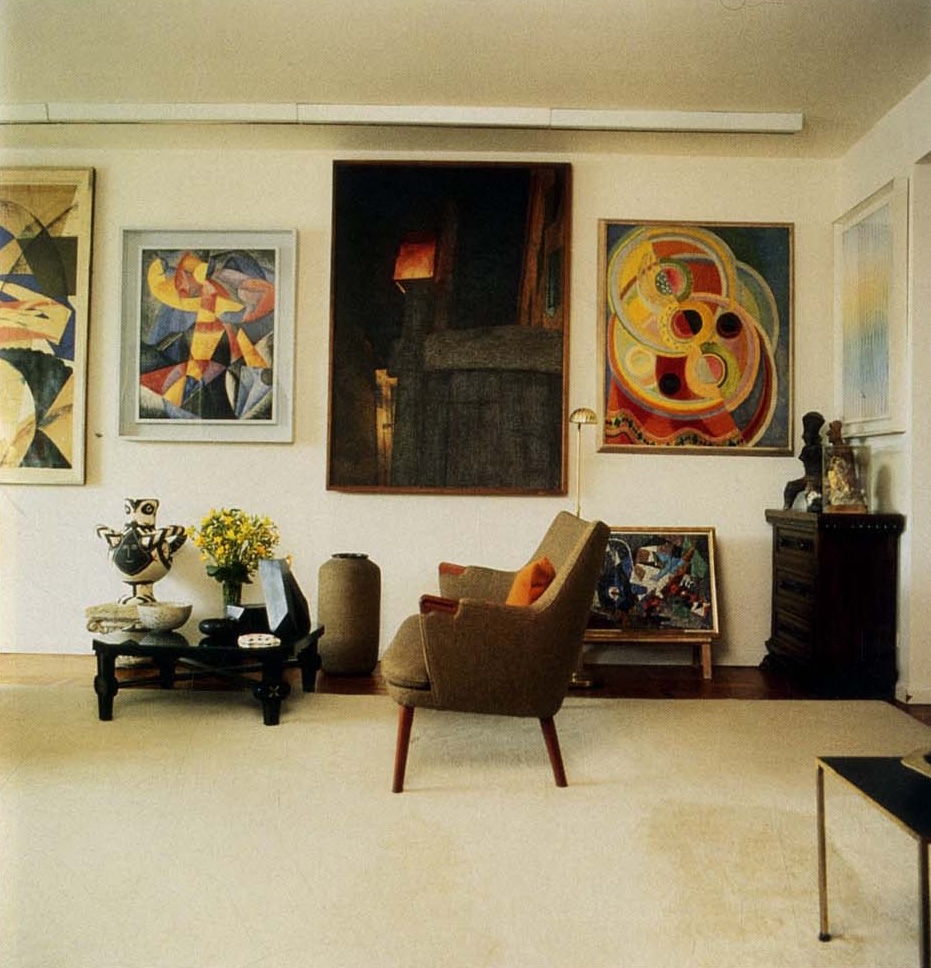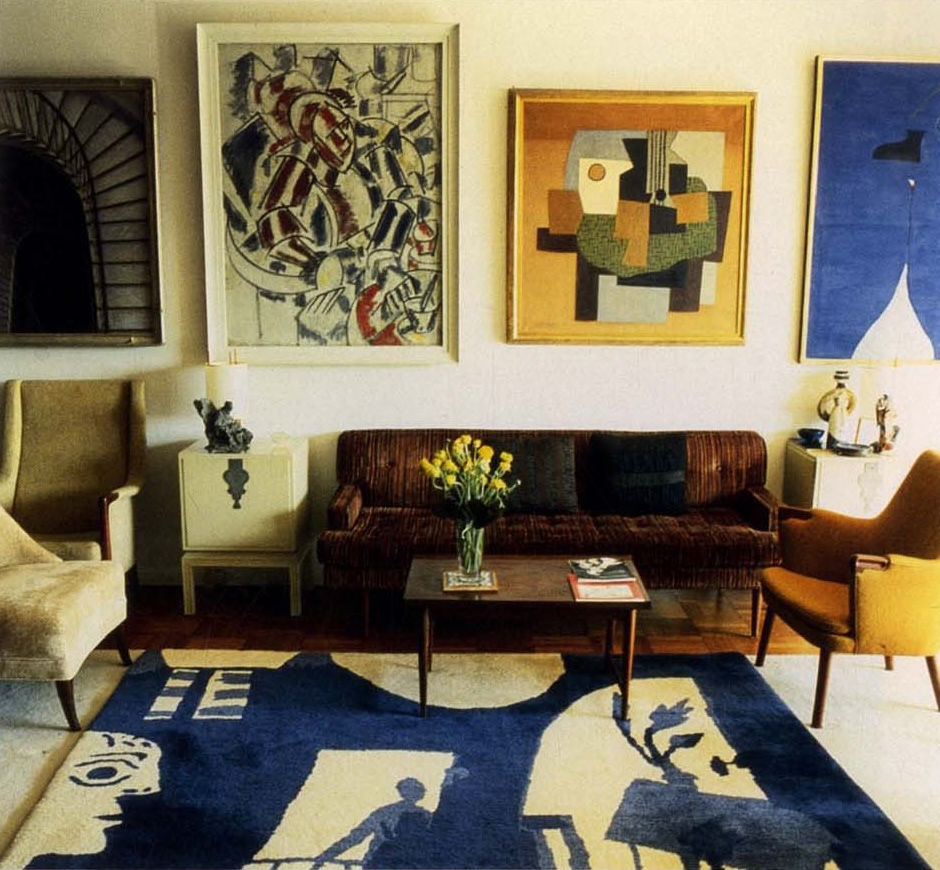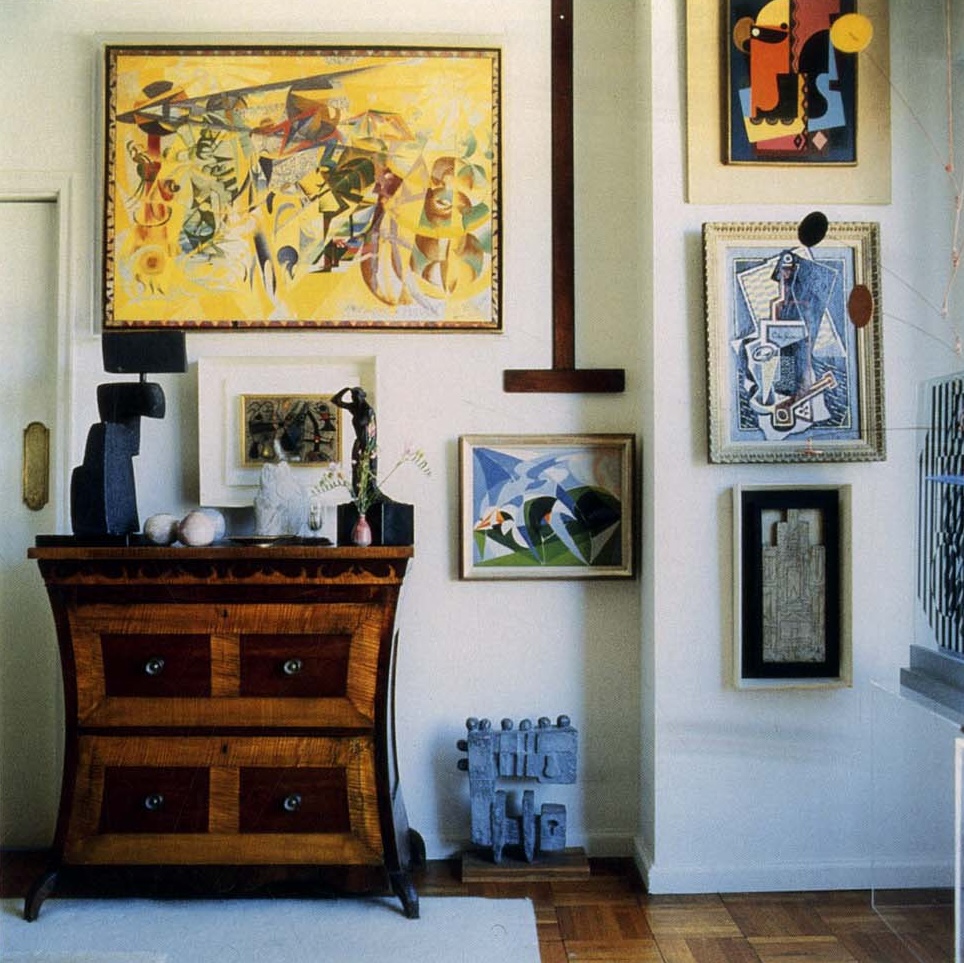The Collector: Lydia Winston Malbin

The Collector09.03.2025
The art collector and patron Lydia Winston Malbin was raised in Detroit, the daughter of industrial architect Albert Kahn. Kahn was also an avid collector of Impressionism and Malbin inherited works like Degas’ “Dancer Tying Her Slipper” and Monet's “Waterlilies.” Malbin began her own collection in the late 1930's, traveling to New York City to seek the advice of Alfred Stieglitz and later Alfred Barr of the Museum of Modern Art. Alongside her first husband, the Fifth Avenue jeweler Harry Winston, Malbin acquired an impressive collection of 20th century works. In a poetic nod to her family background, she was drawn to Italian Futurism, known as the industrialist “Cubists in motion.” Her collection of works by Umberto Boccioni, Giacomo Balla, and Gino Severini was one of the most important outside Italy.
The couple were a formidable team, with Lydia researching artists and Harry handling negotiations and transportations. They befriended many Futurist figures and in 1952, convinced Brancusi to part with a bronze work for the first time in over 20 years. To celebrate the sale of “Blonde Negress,” the artist drew a sketch of the sculpture’s base on a paper towel. The couple later wrote an amusing one-act play about this experience.
In 1946, Malbin purchased the first Jackson Pollock painting, “Moon Vessel” (1945), to enter a private collection from Peggy Guggenheim's Art of This Century gallery. Later in life, she had developed an interest in acquiring photography.
After Malbin’s death in 1989, a Sotheby’s auction of her collection sold for $74.3 million. Jeffrey Deitch walked away with a number of works, including Severini's "Sea+Dancer" for a record $3.63 million. Balla's "The Stairway of Farewells" sold for a record $4.4 million, surpassing the artist's previous high of $791,010. Another Balla, "Boccioni's Fist" (1915), a sculpture of painted cardboard and wood construction, sold for $2.2 million. “Blonde Negress” sold for a record $8.8 million.
Images from Sotheby’s "The Collection of Lydia Winston Malbin,” New York, May 16, 1990.
Image: Giacomo Balla, “Boccioni's Fist” and an Alexander Calder mobile (1949)


